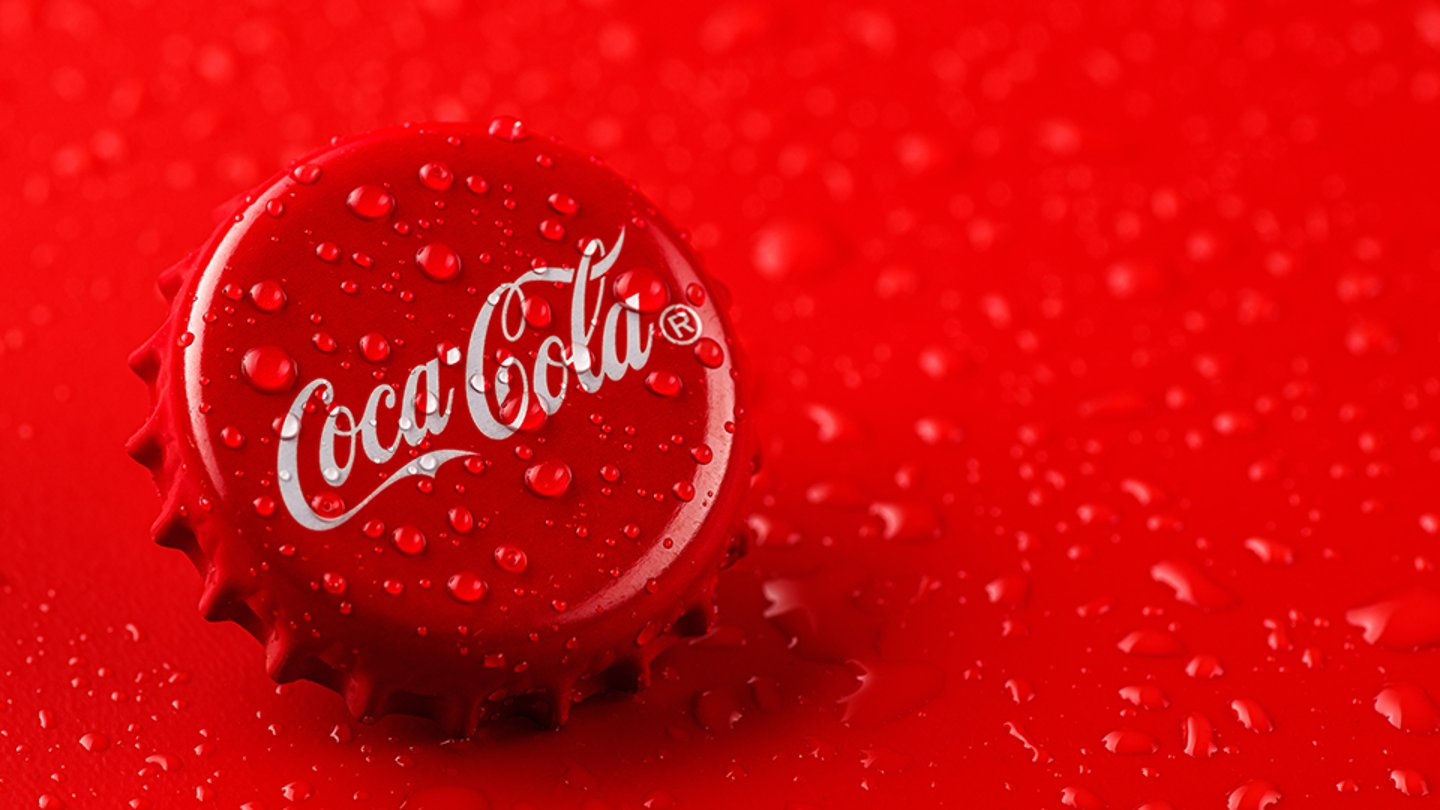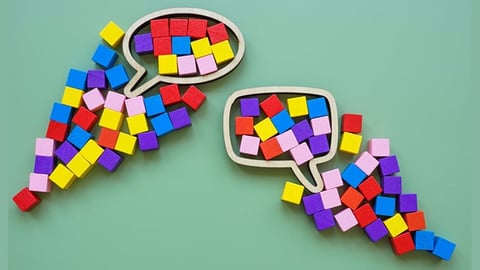Coca-Cola Goes Local In Digital Marketing Pilots
Coca-Cola’s new marketing model is bearing fruit thanks to localized efforts, according to CEO James Quincey, who provided a lineup of examples in which the company’s tech-infused pilots and experiments had resulted in increased retail sales and consumer engagement.
Coca-Cola restructured its platform services last year, which in turn also impacted its marketing structure. On a fourth-quarter earnings call, the exec ran through a punch list of the CPG’s digital investments as a result of the company’s more effective execution capabilities:
Among them:
Engaging through local experiences: The pilot of a Coke is Cooking campaign in Vietnam last fall, in which the company partnered with 700 food shops and used a social and digital content generator to create thousands of combo deals, marked the first time the company had used an on-ground event as a commercial asset. The campaign drove a 20% uplift for participating merchants through over 1 million combo transactions.
Marrying AI and first-party data: Cricket fans in India who scanned QR code on a product label to access moments from the ICC T20 Cricket World Cup — recorded through a camera installed on a wicket — received personalized content based on their favorite matches.
Over the span of the 45-day tournament, Coca-Cola leveraged artificial intelligence and first-party data to deliver the content, which was then further amplified through sports influencers. This grew volume and market share during the campaign period, as well as volume for the full year.
Creating immersive experiences: Coca-Cola partnered with the Rock in Rio music festival in Latin America to create content accessible through livestreams and in the Fortnite video game. As a result, the company boosted its reach beyond the 700,000 attendees to over 45 million consumers across the region, growing sales inside the festival by 23% versus the last festival.
Leveraging voice technology: Coca-Cola partnered with a “key online customer” in Germany for branded experiences using its voice assistant. In addition to growing engagement through brand and product awareness, consumers could make purchases using their voice, which resulted in a 25% add-to-cart ratio.
Improved Execution
Coca-Cola is expected to share more details on its execution strategies and investments at the upcoming Consumer Analyst Group of New York (CAGNY) conference next week. In addition to the above marketing wins, the No. 11 consumer goods company has shown improvement in synchronizing its demand creation and demand fulfillment, Quincy said, by partnering with key retail customers to tap into consumption occasions for both premiumization and value initiatives.
When it comes to new initiatives, the exec noted that as part of their goal to be a “total beverage company everywhere.” they’re taking a disciplined approach in different categories and region combinations.







